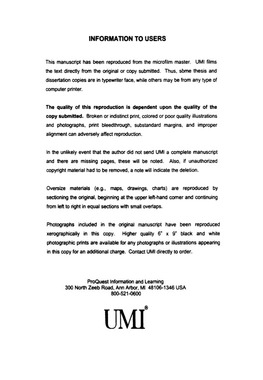| dc.contributor.advisor | Tiab, Djebbar, | en_US |
| dc.contributor.author | Jokhio, Sarfraz Ahmed. | en_US |
| dc.date.accessioned | 2013-08-16T12:18:27Z | |
| dc.date.available | 2013-08-16T12:18:27Z | |
| dc.date.issued | 2002 | en_US |
| dc.identifier.uri | https://hdl.handle.net/11244/408 | |
| dc.description.abstract | Gas condensate reservoirs go under two kinds of changes in their lifetime. The phase change and the physical properties change. Both the changes have been handled in this study using the pseudopressure function integral concept. In three phase system accumulating condensate, along with gas phase production, reduces the water production, a very positive impact. Much of the gas phase that goes in the liquid phase is recovered in the form of the liquid. Also it was observed that the mobile liquid condensate cleans the formation. This impact was observed from the continuously decreasing skin factor that was estimated as a function of pressure, an impact never seen before. | en_US |
| dc.description.abstract | Finally several examples have been solved for two and three phase wells to show the use of the mathematical models developed. | en_US |
| dc.description.abstract | A new method of establishing performance of vertical and horizontal wells completed in gas-condensate reservoirs has been developed. This method does not require relative permeability curves as a function of saturation, instead pressure transient well test data is used to establish the effective permeability as a function of pressure. Surface production data and the pressure transient data are then combined to forecast the well performance. Several new equations of effective permeability in two phase and three phase systems have been introduced from the definitions of producing gas-oil, water-oil, and gas-water ratios for two and three phase systems. Also the new method allows to determine the loss in gas well deliverability mathematically after the condensate has begun to liquefy. Thus well efficiency and damage factor can now be calculated analytically. Also well testing equations have been redefined in order to estimate the effective permeability as a function of pressure. Tiab's Direct Synthesis (TDS) technique of pressure transient analysis has also been applied to horizontal gas wells that can also be used for gas-condensate wells. | en_US |
| dc.description.abstract | To predict the well performance in multiphase producing environment relative permeability as a function of saturation is used which requires the prior knowledge of the saturation at all the times. Saturation is usually estimated from material balance and reservoir simulation. Also relative permeability curves have to be developed in the laboratory on core samples, an expensive and time consuming process. For individual operators who usually operate on minimum margins of profit, obtaining such data can be an economic challenge. In Oklahoma, regulatory bodies require every well to be tested once a year. Thus a valuable pressure transient data is available on yearly basis. Using that data to forecast well performance can have a profound economic impact on the oil and gas industry. Thus relative permeability curves as a function of saturation have been completely eliminated and it has been shown in this study how to use pressure transient data to develop effective permeability as a function of pressure from the surface measured gas, oil, and water rates and then use it to forecast the well performance. | en_US |
| dc.format.extent | xvii, 343 leaves : | en_US |
| dc.subject | Gas wells. | en_US |
| dc.subject | Engineering, Petroleum. | en_US |
| dc.subject | Gas condensate reservoirs. | en_US |
| dc.subject | Permeability. | en_US |
| dc.title | Production performance of horizontal wells in gas-condensate reservoirs. | en_US |
| dc.type | Thesis | en_US |
| dc.thesis.degree | Ph.D. | en_US |
| dc.thesis.degreeDiscipline | Mewbourne School of Petroleum and Geological Engineering | en_US |
| dc.note | Source: Dissertation Abstracts International, Volume: 62-12, Section: B, page: 5939. | en_US |
| dc.note | Major Professor: Djebbar Tiab. | en_US |
| ou.identifier | (UMI)AAI3034891 | en_US |
| ou.group | Mewbourne College of Earth and Energy::Mewbourne School of Petroleum and Geological Engineering | |
